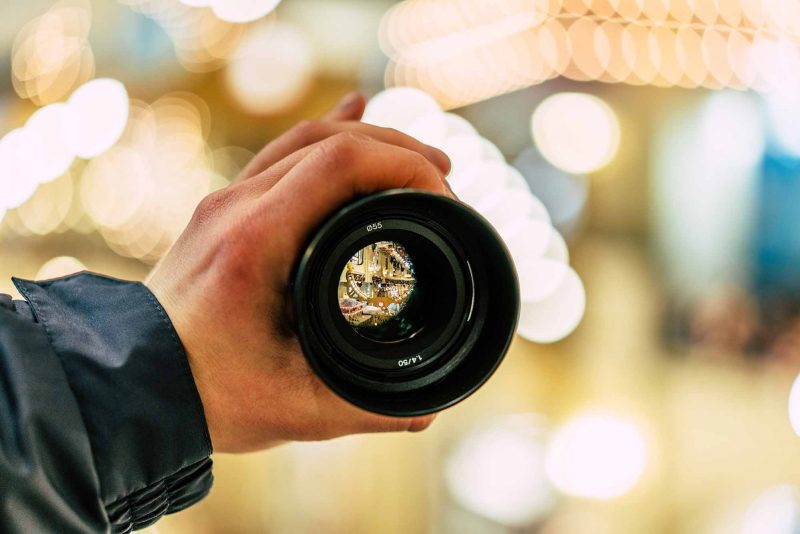Once you let the photography bug bite, whether you’re a professional or a keen amateur, you can be sure that there will be a cost associated. How expensive your passion becomes is in part down to you as there are always options available. The obvious question to ask yourself before committing to any outlay is whether you need a brand-new piece of photography equipment, or whether a second-hand, previously loved, bit of kit will cover what you need.
Be clear about your budget. Planning with your head will help, though be prepared for your heart to do its best to overrule and encourage you to take a different decision! Either way, a second-hand body or lens can be a good option, especially if you are trying out a new lens. Given that many wedding photographers before you have probably had the same idea, there are often bargains to be had, even on relatively new models.
Reasons to buy second-hand camera equipment
There are always pros and cons. Choosing to buy the very latest camera kit allows you access to the newest toys, but buying second hand can mean you get very close to the latest kit and pay far less for it. It really depends upon how much importance you put on having bragging rights about newer kit than your peers. Or, perhaps you are into collectable equipment, in which case, second hand is really the only option.
Naturally, there is always a risk with buying second hand because you can’t be sure of what you’ll get. To minimise the risk, buy only from reputable retailers. There are businesses who specialise in good quality second-hand gear. Check whether there is a warranty, and whether there is any guarantee offered. Some businesses will also offer you a price match, although it is harder to get a true comparison when conditions may vary. The quality of a piece might be subjective, so check whether what a seller thinks is a good deal matches your own idea of a good deal.
Where to buy
Each country is likely to have its own best second-hand market places for pre-owned cameras and lenses. Alternatively, you might like to try and buy directly from the manufacturer, or from listings on sites such as eBay or Gumtree in the UK.
Things to look out for
When a camera or lens is advertised with its original packaging, it is more likely that you are getting a genuine part. That’s not to say that an item without its box is automatically a fake. The seller might have proof of purchase, which could also indicate it’s genuine. Without any sort of proof, you might want to consider shopping around; most photographers understand the value of their equipment and will see it as an investment, and will be able to confirm whether or not a part is real.
In addition to obtaining proof of a camera or lens being real, check whether there is any warranty outstanding on the part as whilst you probably have insurance on your equipment, warranties can be invaluable.
Buying online means you cannot undertake rigorous checks but you can still expect to be able to ask questions, and there should be photos that will show you the overall condition. Any significant damage should be listed. Alternatively, look for refurbished equipment or ‘open box’ deals where you might be able to bag yourself a bargain.
If you’re open to buying second-hand, and you’re willing to shop around and invest time in research, you can end up with far more options to enhance your photography through varied lenses and cameras. If you stick with the same brand, you’ll have a collection of interchangeable bodies and lenses that open up lots of opportunities.










